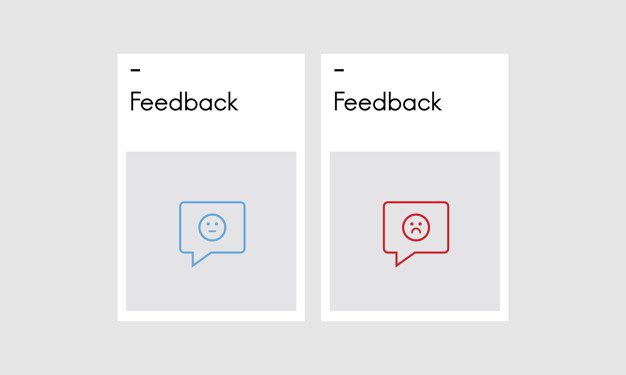With the beginning of the Biden presidential administration and regulatory agencies’ renewed and tightened oversight, customer complaints about discrimination and bias in banking can expect to gain more attention.
Dave Uejio, Acting Director of the CFPB, recently said, “I am going to elevate and expand existing investigations and exams and add new ones to ensure we have a healthy docket intended to address racial equity. This of course means that fair lending enforcement is a top priority and will be emphasized accordingly.”
As the world turns its focus to consumer fairness and financial inclusion, financial institutions may pay more monetary relief to customers – unless they focus on minimizing customer frustrations that relate to bias. Complaints resolved with monetary relief within the CFPB database reveal 50% more bias than all other company responses to consumers. Additionally, the majority of complaints resolved with monetary relief indicate severe customer frustration. As of December 2020, CFPB public enforcement actions have resulted in more than $12.9 billion in total consumer relief – a number that is only expected to rise.
Combating bias starts with data-rooted awareness, recognition, and scores and algorithms that enable institutions to effectively measure the bias – and reduce it. Banks must approach their customer complaints as a credible data source. Unstructured data with expert analytical rigor and relevant business context brings structure and solutions to complex issues. Customer complaints are predictive data points that can enable financial institutions to prevent high risk issues.
To address institutional bias, companies can utilize advanced artificial intelligence in analyzing their customer complaints, and draw patterns, make predictions, and come to conclusions that benefit both the customer and the institution.
With artificial intelligence, banks have an opportunity to identify the small – but critical – percentage of customer complaints that pinpoint discrimination, and can recommend proactive management actions to address these pain points. These actions result in better customer treatment, better adherence to regulatory and legal requirements, and improvements in overall business performance.
Bias may reveal itself in subtle ways and through multiple paths. Customers who face an obstacle may find that discrimination is at the root of it. Customers may experience discrimination due to their race, gender, religion, sexual orientation, age, citizenship, or military service.
Bias can be explicit, implicit, or suggested. In their complaints, customers share the discrimination that they face, but often indirectly. By turning customer complaints into data and applying advanced analytic capabilities, banks can extract the intelligence they need to identify, reduce, and measure bias – which will ultimately lead to improved consumer fairness.
Leadership that embraces diversity and inclusion is key. There is a relationship between a company’s satisfied customers and its customer-facing employees, and employee frustration can be understood with the same tools as we use to understand customer frustration. Leaders can empower all employees to use their voices and raise awareness about significant challenges.
Today, the tools exist to get to the root of customer frustrations, including bias and discrimination. With artificial intelligence, banks can analyze underutilized data, get inside the pain points that cost financial institutions the most – and understand where they should take action. With business domain expertise integrated into advanced analytics, institutions can proactively change policies and procedures to positively impact both the customer experience and their own bottom line.











